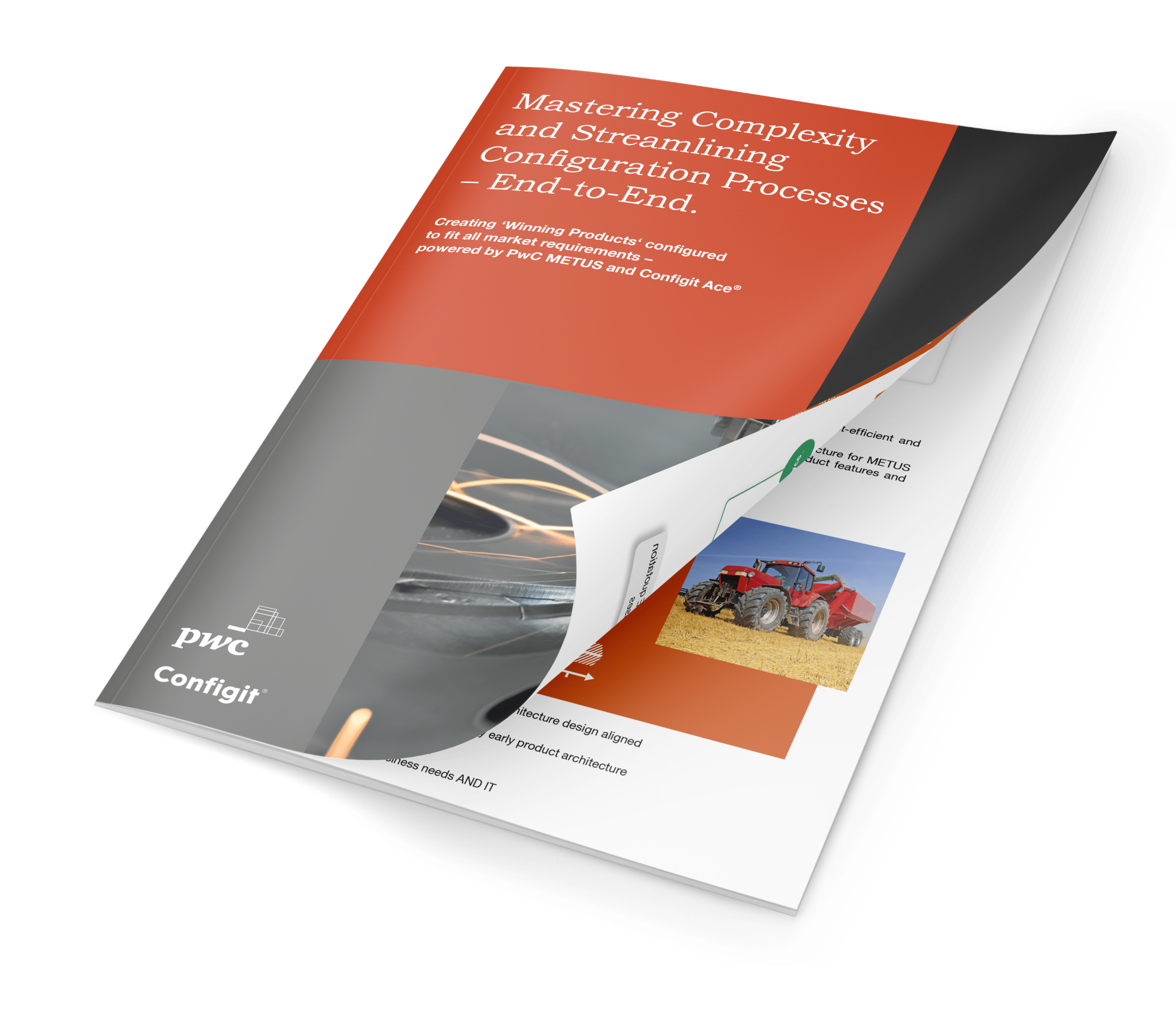Manufacturers are predicted to rapidly increase spending on digital transformation of their operations from $152B in 2017 to $479B in 2023, attaining a 21% Compound Annual Growth Rate (CAGR) according to Statista.
Digitally transforming factories are revolutionizing manufacturing by enabling a 7X increase in overall productivity by 2022 according to Capgemini.
56% of manufacturers have invested $100M or more towards smart factories in 2017.
Manufacturing’s inflection point is here, and it’s accelerating across shop floors to the top floors of every company in the industry. Every manufacturer realizes that relying just on product revenue is rapidly becoming the past, and services & software revenues are the future.
At the intersection legacy manufacturing operations and the need for new services revenue are smart, connected products. Capgemini estimates the size of the connected products market globally will range between $519B to $685B by 2020.
Manufacturers will need to digitally transform themselves to keep growing in the future or risk being left behind as their customers’ preferences change to increasingly smart, connected products. Consider the soaring adoption rates of voice-activated assistants including Apple Siri and Amazon’s Echo technology, both embedded in over a dozen of the latest automotive models being introduced in 2018 and beyond.
